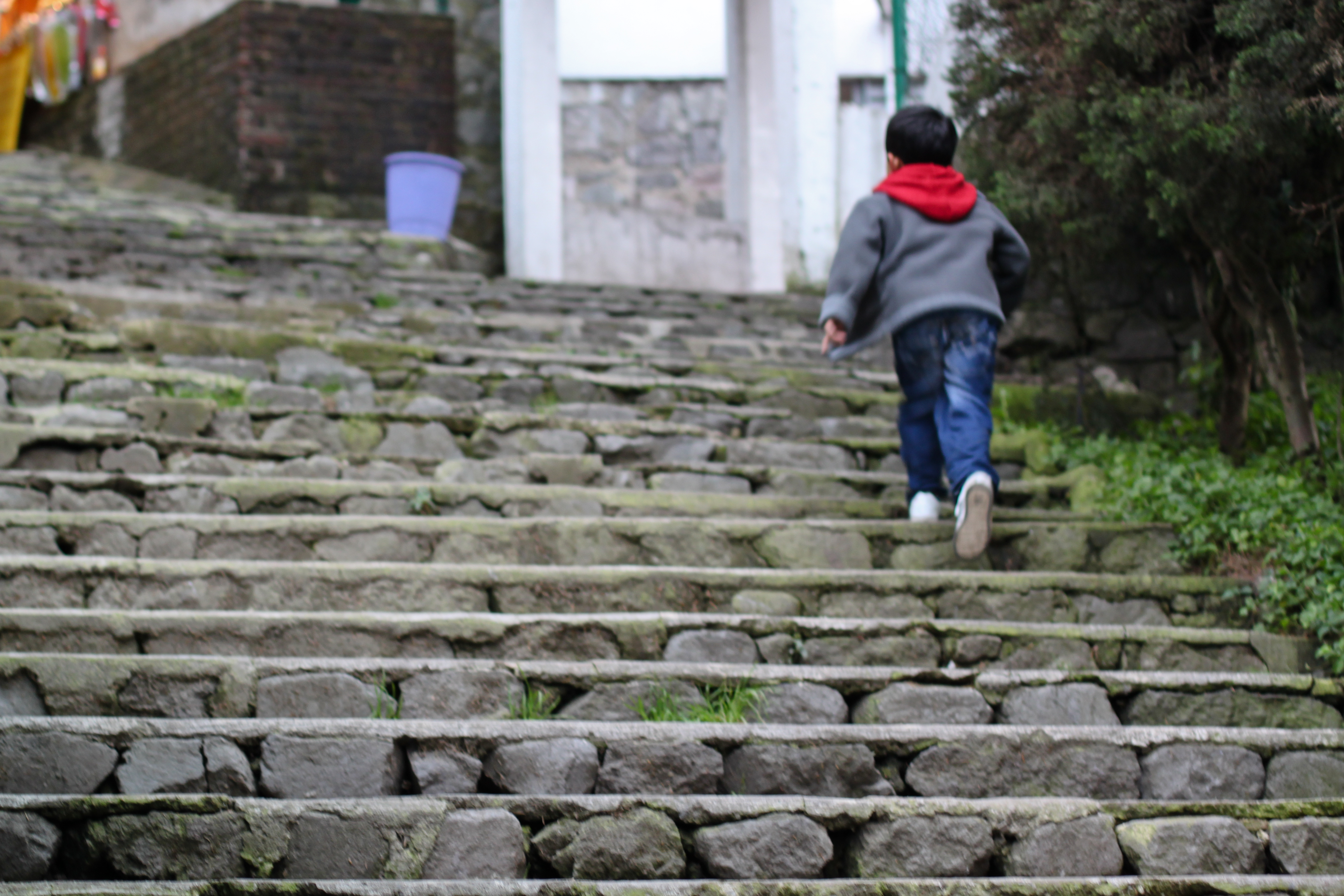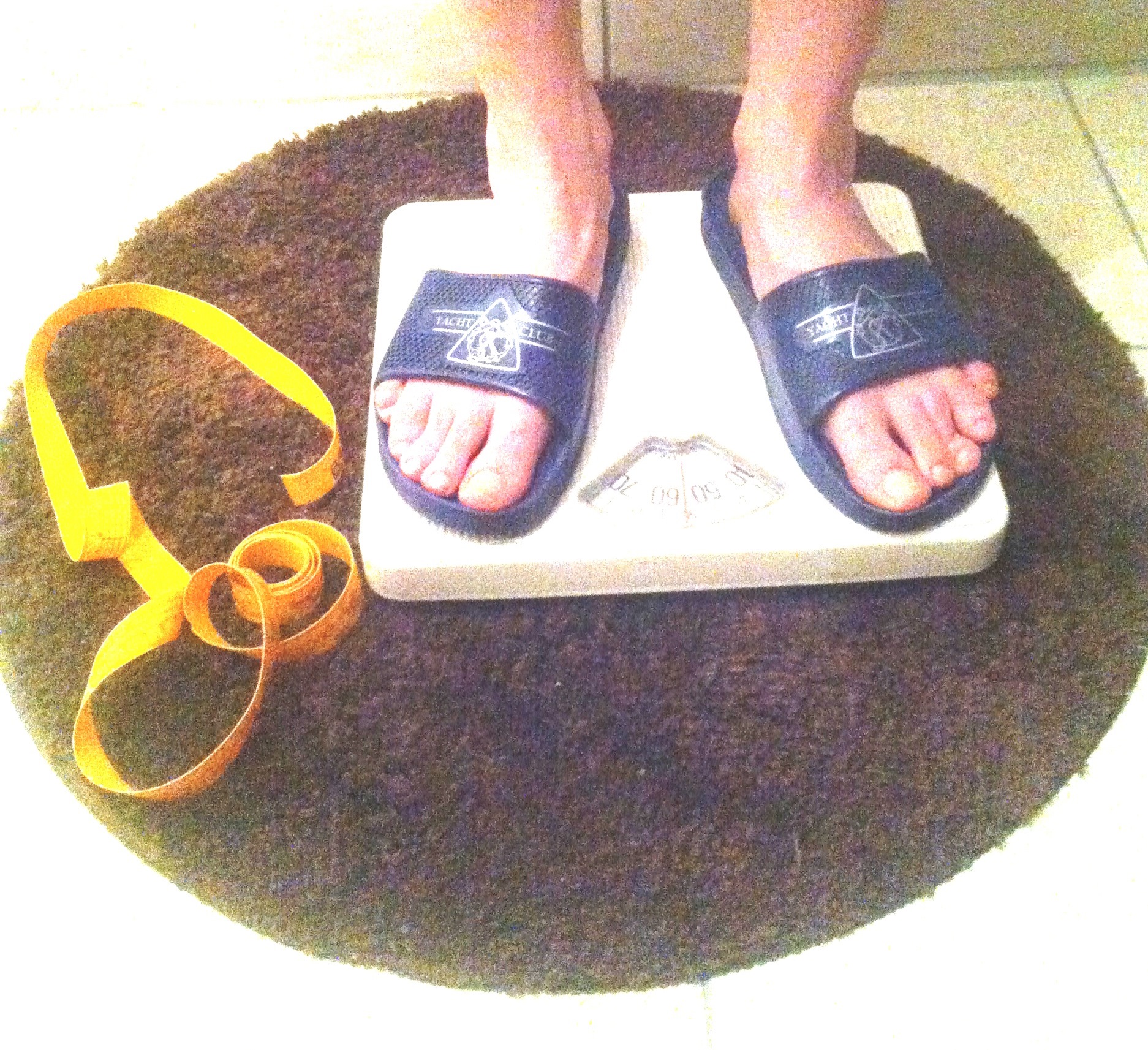On Choice

Two of the most memorable moments in When Harry Met Sally (USA 1989) are about food. Well, they are not exactly about food, but they try to get at something through food. Of course, the first one is the legendary fake-orgasm-and-“I’ll-have-what-she’s-having”-scene in Katz’s Delicatessen in NYC. Yet when it comes to thinking about choice, the other restaurant scene is of greater interest, when they stop for lunch in a roadside diner while traveling home from college in Chicago to New York. Whereas Harry barely looks at the menu and goes for one of its default options (“I’ll have the number 3”), Sally orders à la carte, and she adds a long and complex list of individual choices and special requests…



